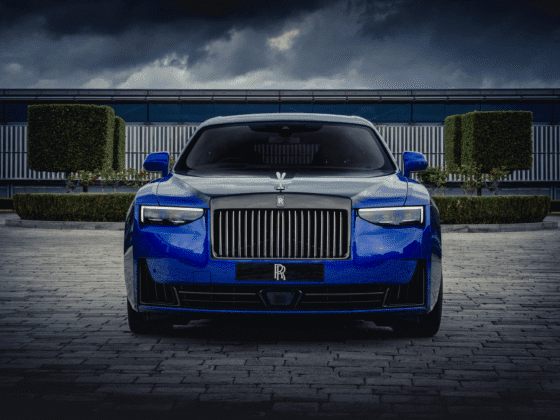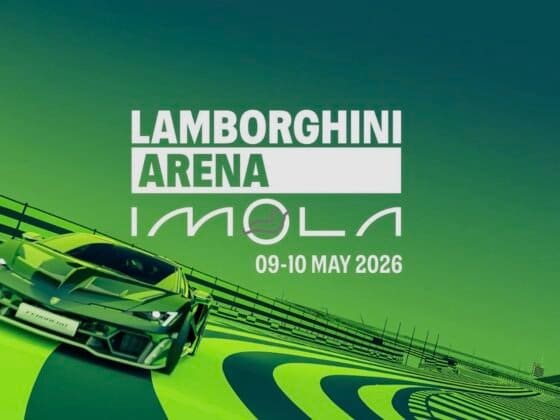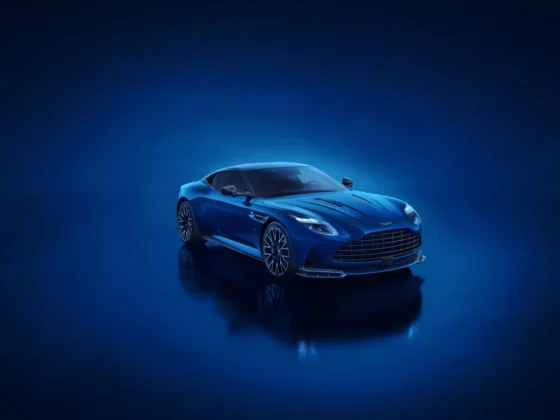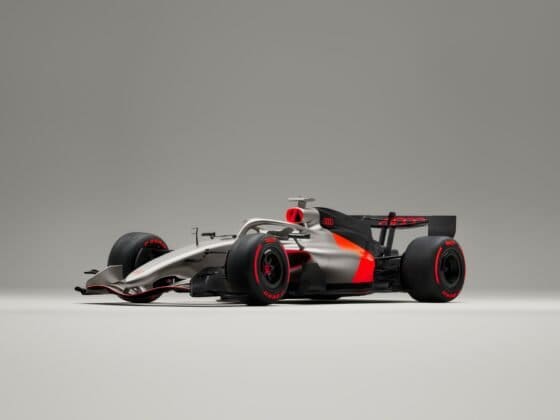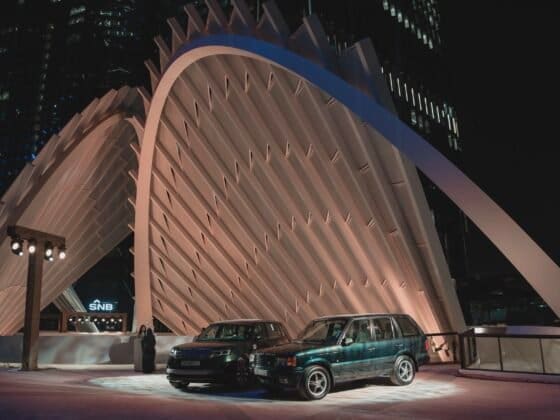In a world saturated with ostentatious hypercars vying for the attention of the ultra-wealthy, the Praga Bohema arrives as a refreshingly singular vision — a road-legal, track-honed masterpiece from one of Europe’s oldest, yet most quietly enduring automotive brands. Melding more than a century of engineering heritage with modern motorsport credentials, the Bohema is not merely another feather in the Czech marque’s cap — it is the crystallisation of Praga’s DNA: lightweight innovation, aerodynamic intelligence, and raw, purposeful beauty.
Founded in 1907, Praga’s roots stretch deep into the industrial fabric of Central Europe. Though often absent from the global hypercar conversation, its legacy encompasses motorcycles, trucks, aircraft components, and, more recently, dominant karting and racing machines. The Bohema, then, is less of a debut and more of a rebirth — a declaration that Praga has returned to the road with purpose.

Only 89 Bohemas will be made, a figure that pays homage to the brand’s historic victory in the 1933 1000 Miles of Czechoslovakia. At €1.28 million (£1.1 million), each unit will be hand-built with an obsessive focus on detail, weight, and performance.
The Praga Bohema’s engineering brief sounds deceptively simple: create a hypercar that can dominate a racetrack yet remain practical, comfortable, and compliant on public roads. It’s a balance very few vehicles achieve without compromising one side of the equation. Yet from the moment you behold its striking form, it’s evident that Bohema plays by its own rules.
The entire body and monocoque chassis are sculpted from carbon fibre, helping it tip the scales at a mere 982 kg (wet, without fuel). This places it in elite territory, where every gram matters. At its heart lies a thoroughly re-engineered 3.8-litre twin-turbo V6, based on the iconic Nissan GT-R’s PL38DETT engine, enhanced by Litchfield Engineering in the UK — a name synonymous with GT-R tuning.


The result? A power output targeting 700 bhp and 725 Nm of torque, all delivered with the reliability and responsiveness that makes the Bohema not only thrilling but durable. Crucially, the engine is dry-sumped and mounted low in the chassis, aiding handling dynamics and preventing oil surge during aggressive cornering — a nod to its racing DNA.
Mated to the engine is a bespoke Hewland sequential gearbox, which features helical-cut gears for road refinement and track durability. This unit is operated through a robotic clutch system that allows for both automated and manual modes, offering drivers the rawness of mechanical engagement when desired and seamless shifting when cruising. It is, like every aspect of the Bohema, engineered for intent — no fluff, no gimmicks.
Developed using extensive CFD and tested in a Formula 1 wind tunnel, the Bohema’s aerodynamics are nothing short of art. At 250 km/h, it generates over 900 kg of downforce, enabling GT3-like cornering speeds and composure at the limit. This is not simply a stat for the spec sheet — it’s a direct contributor to the Bohema’s agility and sure-footedness, as validated by professional drivers like Romain Grosjean during testing.



And yet, Praga hasn’t sacrificed aesthetic grace at the altar of aerodynamics. The Bohema’s form is arresting — muscular yet lean, futuristic yet classical. From the distinctive Praga front end to the seductive rear haunches and striking duraluminium details, it’s a visual feast that signals function through beauty.
Step into the cockpit — or rather, lower yourself into the narrow carbon shell — and the Bohema’s duality becomes clearer. It’s a minimalist space in the best possible way. Trimmed in leather and Alcantara, the cockpit is formed from 56 carbon components, weighing only 34 kg. Every surface, every switch, every detail is there to serve the driver and preserve the featherweight mantra.
The removable steering wheel, for instance, is a centrepiece — equipped with an integrated digital display, thumbwheel selectors, and finely finished paddles. It’s compact and purposeful, inspired by motorsport but refined for road use. All controls are logically laid out, from launch control on the centre console to aircon toggles on a fighter jet-inspired roof panel.
Most impressively, the Bohema seats two six-foot-plus adults comfortably. Sculpted door panels and elbow recesses provide space without compromising the monocoque’s stiffness or aerodynamic integrity. Even the luggage compartments — nestled in the flared rear arches — have been designed to carry track gear or weekend essentials, complete with bespoke leather bags.


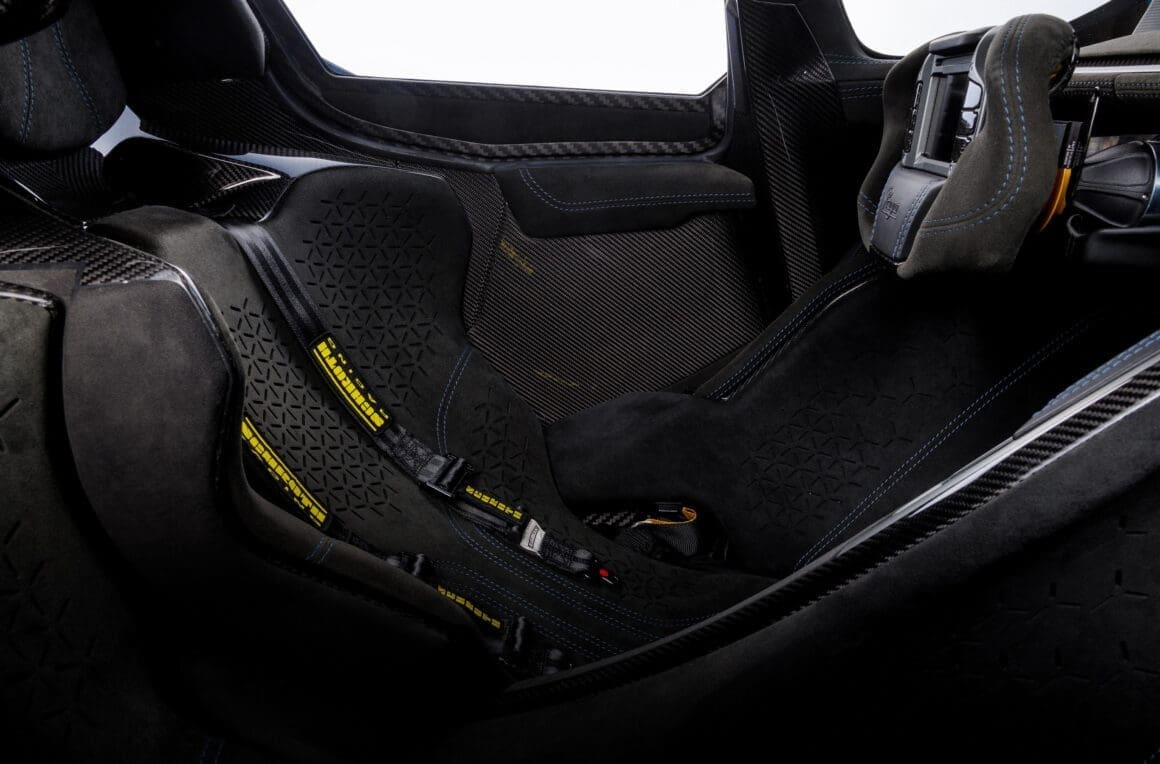
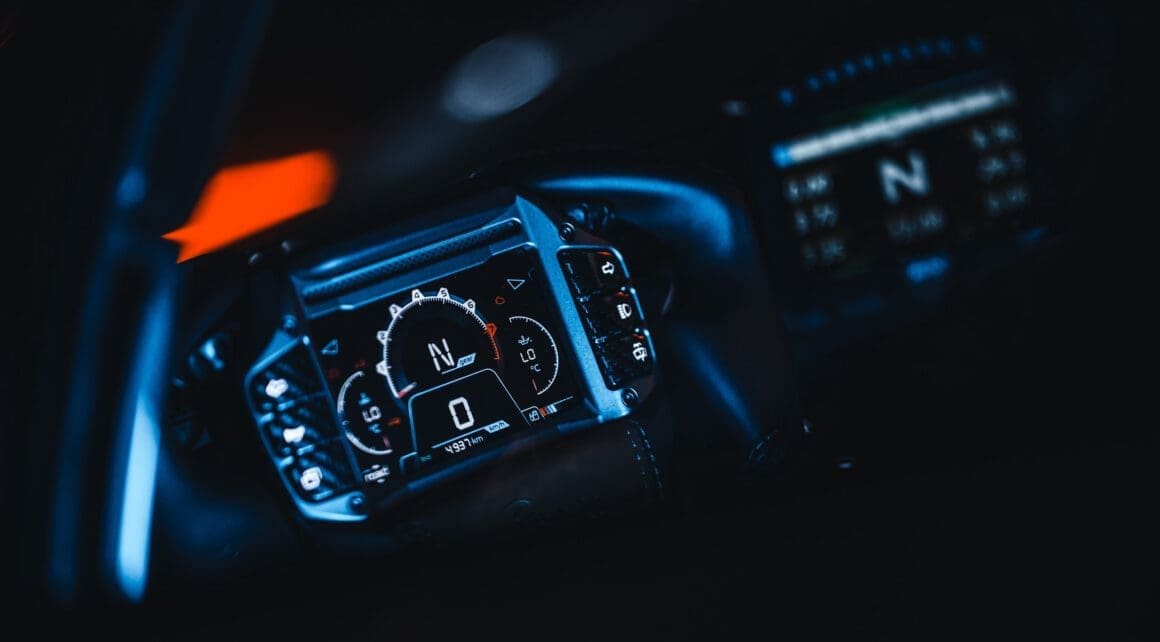
When Romain Grosjean tested the Bohema at Slovakia Ring, his impressions were clear: the Bohema behaves like a prototype race car. “When I was driving it on track I was immediately focused on its performance,” he said. “It behaves like a single-seater. I could be testing to go to Le Mans… and then you drive it away on the road.”
He praised its braking resilience, traction control subtlety, and handling balance — particularly noting the effect of the rear wing variations during high-speed cornering. Grosjean also lauded the visibility, cockpit comfort, and thoughtful ergonomics: high praise from a driver who knows the difference between gimmick and grit.
Bohema’s development is intimate. Its final assembly will take place at Kresta Racing — a revered Czech outfit founded by national rally champion Roman Kresta. With a spotless workshop and pedigree in motorsport, it’s the ideal facility for birthing a car of such complexity and precision.
Praga plans to build no more than 20 Bohemas annually over a five-year production window. For early clients, the experience is immersive — including a personalised handover at Praga’s new brand HQ in England, track instruction from pro drivers, and the opportunity to tailor their Bohema’s finish and interior.
With road-legal certification targeted for major hypercar markets including the UAE, USA, UK, Germany, and Japan, Praga is making a global play — but on its own, intimate scale. The company is positioning Bohema not as a garage trophy, but as a hypercar to be used, understood, and loved. And with a 74-litre fuel tank, refined road manners, and true mechanical soul, the Bohema is perfectly suited to spirited weekend drives and track sessions alike.
In a field where hypercars often trade character for top trumps performance stats, the Bohema stands apart. It’s not interested in setting Nürburgring lap records or producing 1,500 horsepower just to headline. Instead, it’s an emotional, analog, and meticulously crafted machine — something closer to a Le Mans prototype you can live with, not just look at.
It invites its driver to become a part of the experience — to feel every shift, every corner, every detail. It’s for the few who seek purity, purpose, and provenance in a hypercar, not just price tags and Instagram likes.
As Praga boldly reclaims its place on the road, the Bohema reminds us that true luxury isn’t loud — it’s intelligent, visceral, and unforgettable.


